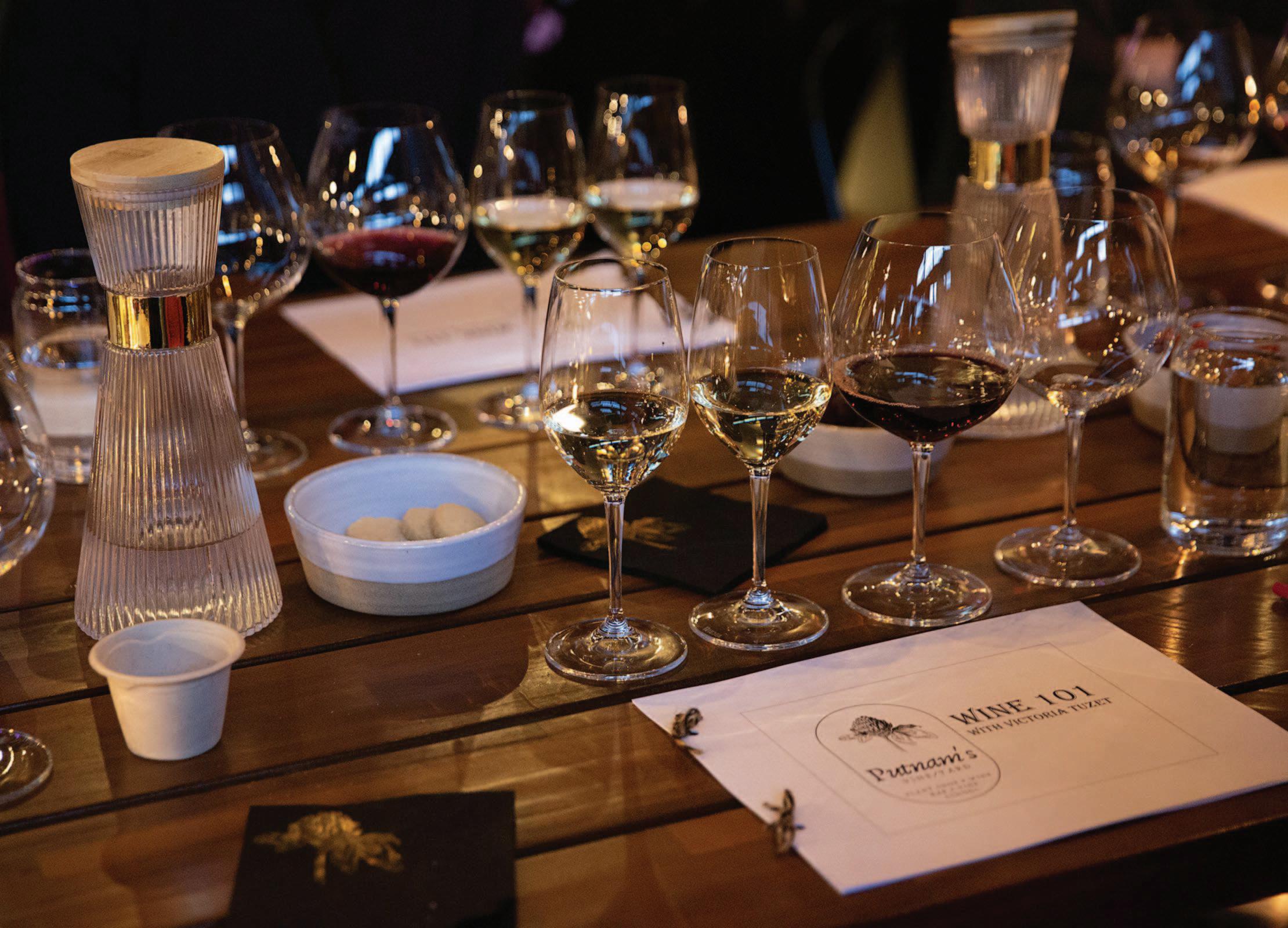
1 minute read
‘An exciting time’for wine
by Smckenna
Twin States wine producers, connoisseurs, discuss industry growth
By PATRICK O’GR ADY Valley News Correspondent
Advertisement
When Dierdre Heekin began bottling wine at her Barnard winery La Garagista in 2010, she did not include the name of the grape on the bottles.
“When we started it was hard to get people to try a Vermont wine because there was a bias about that,”Heekin said. “So we started out by not putting the grape variety on the label because we didn’t want people to think about hybrid varieties at that time because they definitely thought it was something they were less interested in.”
Heekin said the bottles only introduced the wine as red, white, rosé or sparkling.
“We wanted people to drop those considerations (of asking) is this a Pinot? Is this a Chardonnay? Our goal was to make something engaging enough for people to want to come back,”Heekin said. The results have been what Heekin and other Vermont wineries had hoped for.
“Vermont wine has really taken off, particularly in the last five years,”said Heekin, who owns La Garagista with her husband, Caleb Barber.
While it may never surpass the reputation for wine in places like California, Italy or France, Northern New England is developing a following among wine lovers, thanks in large part to the development over the last 20 years of cold weather hybrid grapes.
Research at the University of Wisconsin, University of Minnesota and Cornell University led to several grape varietals for both red and white wine. The first vineyards were planted in New Hampshire in the early 1990s and in Vermont several years later. Today, there are about 20 winemakers in Vermont and 30 in New Hampshire —and that number is expected to increase with hardy varietals. Additionally, wine producers in colder regions could play a part in addressing climate change’s impact on the industry —which has already affected makers in California and France, among other locations.
“With climate change, hybrid varieties are becoming something important to that conversation,”Heekin said. “The work being done in Vermont and all over the Northeast is becoming a model on how we can start thinking about the future, which is an exciting time for us to be working in wine here in the Northeast.”
Heekin learned about wine from a hospitality perspective as the wine director at Osteria Pane e Salute, the Woodstock restaurant she owned with Barber. She then began making wine at home to learn about the fermentation process and that led to an interest in vineyards.
VALLEY NEWS / REPORT FOR AMERICA —ALEX DRIEHAUS
A flight of wines are poured for a Wine 101 class led by wine educator andsommelierVictoriaTuzetat Putnam’s vine/yard in White River Junctionlast month.Tuzetsaid sheplanstoexpand herclass offerings to go beyond the basics, focusing on topics like wines from specific regions or those made from particular grapes.









